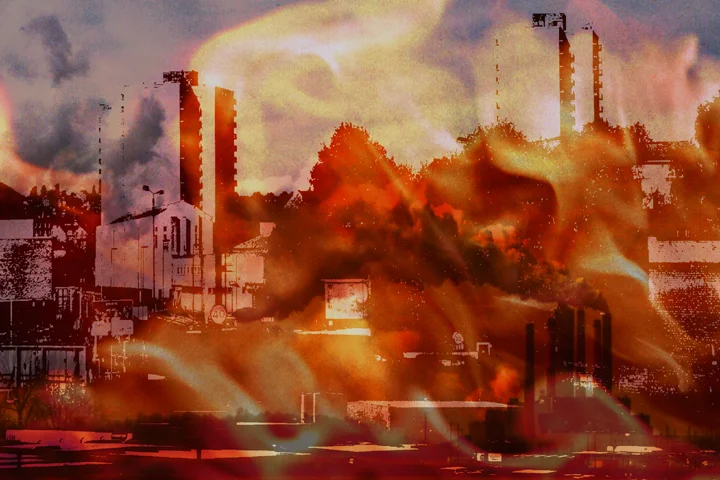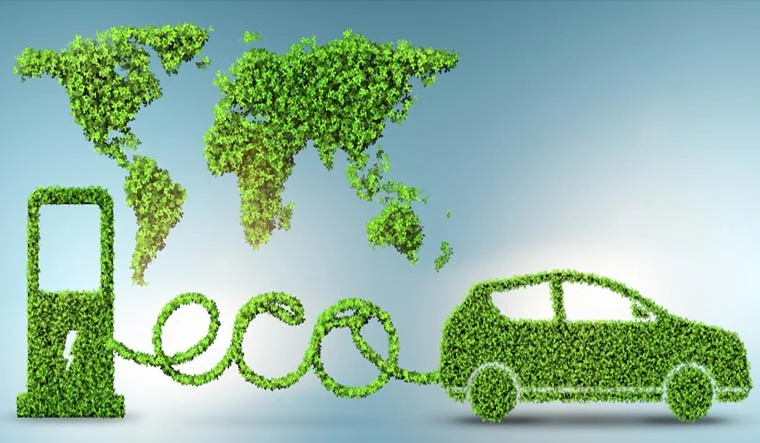Green fuels, or biofuel, is filtered from plants and animal materials. It is a more environment-friendly alternative to the widely-used fossil fuels that power most of the world.
Dividing the crops into sugar and oil-producing ones is the primary step for basic green fuel production. Sugar producing crops, such as sugar cane or corn, are fermented to create ethanol. Like those that give vegetable oils, oil-producing crops can be processed into diesel to be used in vehicles or further processed to make biodiesel.

Why not fossil fuels?
Global warming has prompted people to switch to cleaner energy sources. This cleaner energy is not without its demerits since it also heats the planet more slowly than other forms of energy. Fossil fuels have been our go-to energy source for centuries. Ancient civilisations used variations of petroleum, coal, and natural gas thousands of years ago, but fossil fuel combustion is wasteful.
Using the energy from fossil fuels is a long process. It includes mining or drilling fossil fuels, transporting, refining, burning, and finally converting them into useful types of energy. Only then does the energy become usable, but that brings with it the problem of disposing of toxic wastes.

When we burn fossil fuels, just as any other fuel, they emit enormous amounts of waste into the environment.
Problems with green fuels
The principal problem with first-generation green fuels is that we derive them from food crops. All food crops require fertilisation, water, and soil, and therefore the production of green fuels directly competes with food production.
Some critics warn against the assumption that green fuels do not cause any pollution. Not only do the sugar and starch plants take away food-growing space, but the fermentation process also releases substantial pollution into the air.

In order to deal with these shortcomings, scientists developed second-generation green fuels. The major source of this fuel is non-edible lignocellulose remnants of plants. Second-generation green fuels are attractive because their net carbon footprint is neutral or even negative in many cases. Nevertheless, their production requires thermal, chemical and biochemical pretreatment, rendering the procedure both energetically and financially costly.
Besides, green fuel does not always burn clean and may emit formaldehyde, ozone, and other carcinogenic substances. Liquid biofuels could also affect human health directly through water and soil pollution and occupational hazards. The topic of the effects of green fuels on human health remains open to debate. Further researches are also necessary to understand and avert possible risks.
What are the possible solutions to these issues?
Recent technological innovations have advanced the studies on green fuels. Food and plastic wastes are important and note-worthy alternatives that can solve various problems incurred by green fuels.
Turning food waste into fuel can solve two pressing problems faced by biofuels. Firstly, the cost of food waste is low, and using it for fuel production is a more sustainable alternative than burying it in landfills. Secondly, food waste has a high concentration of carbohydrates, proteins, and lipids that can be easily consumed and broken down by microbes, forgoing extensive pretreatment.

More than 350 million tons of plastic are produced worldwide every year. Synthetic plastics have a high resistance to natural chemical factors. As such, their degradation in a natural setting is prolonged. However, a few microbes have shown great potential in the degradation and conversion of plastics into long-chain hydrocarbons. These hydrocarbon chains can then be readily metabolised. The next step is converting the degraded products into biofuels, valuable chemicals, or biodegradable plastics.
The role of regulatory policies
To encourage the sustainable development of green fuels, regulatory policies, such as the RED (Renewable Energy Directive) and RFS (Renewable Fuel Standard), have stipulate sustainability criteria for green fuels. Life cycle greenhouse gas (GHG) emissions are the basis of one of the main criteria.
“Regulatory policies help ensure that fuel production works in the greater favour of the planet. They are necessary not only for the environment but also for the economy.”
The RED prescribes that biofuels should have at least 65% lower emissions than fossil fuel alternatives. The RFS requires advanced biofuels producers to reduce GHG emissions by at least 50%, while standard biofuels have to achieve a 20% reduction in GHG emissions.
Future of green fuels
Green fuels have offered both advantages and disadvantages in environmental, economic and social sustainability. Third-generation or algal biofuels could avoid the issue of food competition and land use. The increase in energy demand has led to the exploration of efficient sources capable of producing fuels and chemicals.
Scientists see microalgae as a promising alternative due to their high photosynthetic conversion efficiency. However, the production of biofuels from microalgae uses up much energy and is, at present, economically unviable. Third-generation biofuels are also unlikely to contribute to the transport sector as their GHG emissions are higher than fossil fuels. They are unproven and expensive. Therefore, the restriction on algal feedstock to markets like cosmetics and dietary supplements will continue.

especially in the transport sector.
The future of biofuels may not even rely solely on one generation. It might be a combination of the three generations. In addition to the environmental impacts, we must also address many other sustainability issues. These include production costs, competitiveness with food, energy and water security, employment, rural development, and human health impacts.
It is essential to consider that green fuels do not exist in isolation but are part of much broader systems, including energy, agriculture, and forestry.

They impact various ecosystem services, such as land, water and food. It is, therefore, essential to take an integrated and systematic view to develop future policies that will ensure balance in the production of sustainable energy.
Conclusion
We do not confidently know whether the green fuel available in today’s world is the future or merely a temporary step on the journey away from fossil fuels. Governments and laboratories are together working towards the research of cleaner, more sustainable fuels to replace the non-renewable sources of energy used today.
“As the methods for producing fuels become more efficient, it will be easy to focus on biofuel production when the world’s governments decide to prioritise climate change over the petroleum industry.”
There are many possible routes to renewable green fuels. They may not be a perfect solution to all our fuel problems, but it is an important innovation that promises to take us somewhere better soon.
Read yet another interesting article by the author here!
About the Author
VAISHNAVI SINGH

Vaishnavi Singh is a lover of poetry and literature. She is currently pursuing a major in English along with a minor in sociology. Vaishnavi has always been passionate about improving the world around her, one step at a time, and she hopes her time with The International Prism will contribute to that goal.







[…] GREEN FUELS: AN INNOVATIVE REPLACEMENT FOR FOSSIL FUELS […]
[…] You may also be interested in: GREEN FUELS: AN INNOVATIVE REPLACEMENT FOR FOSSIL FUELS […]